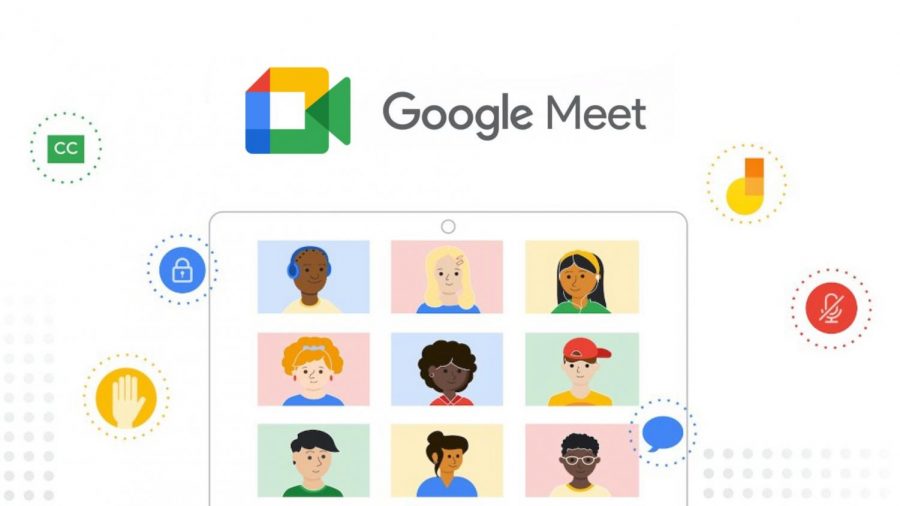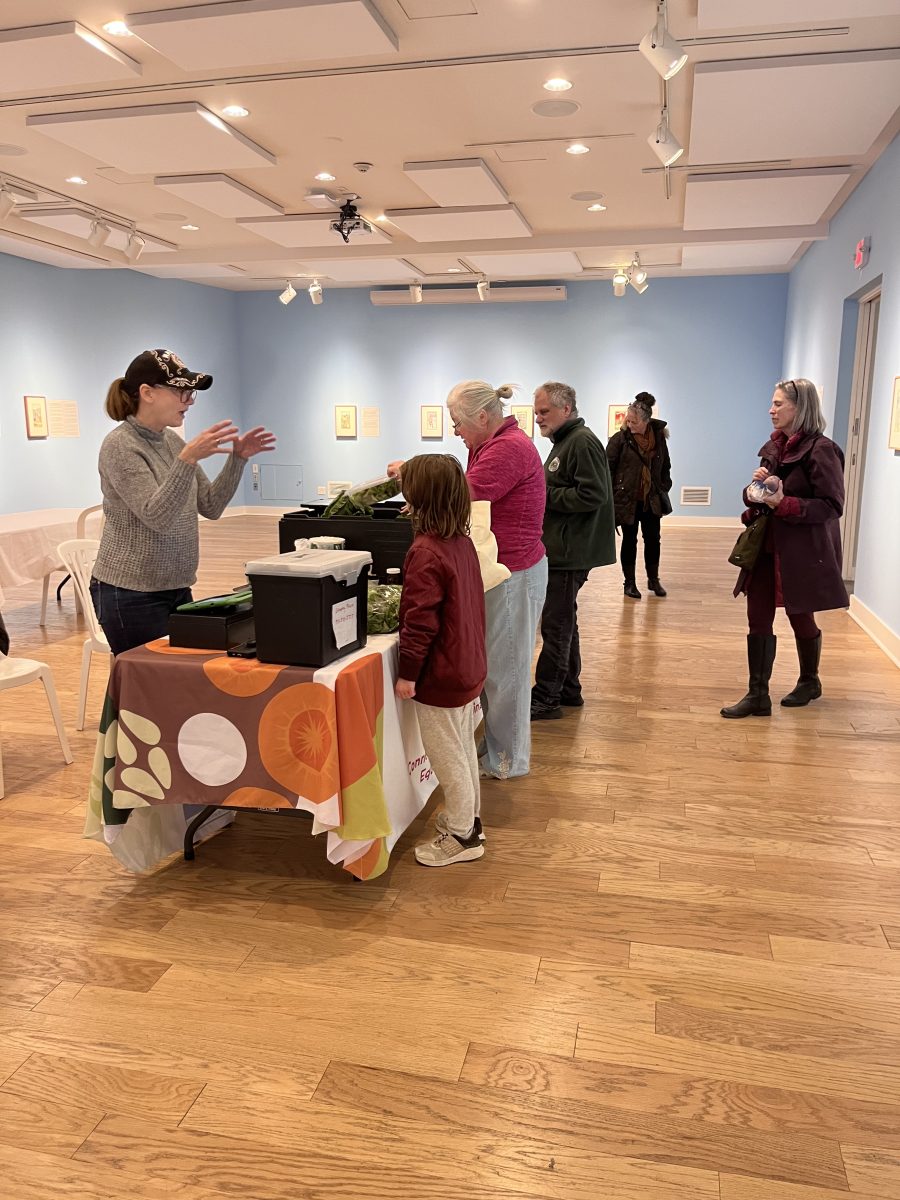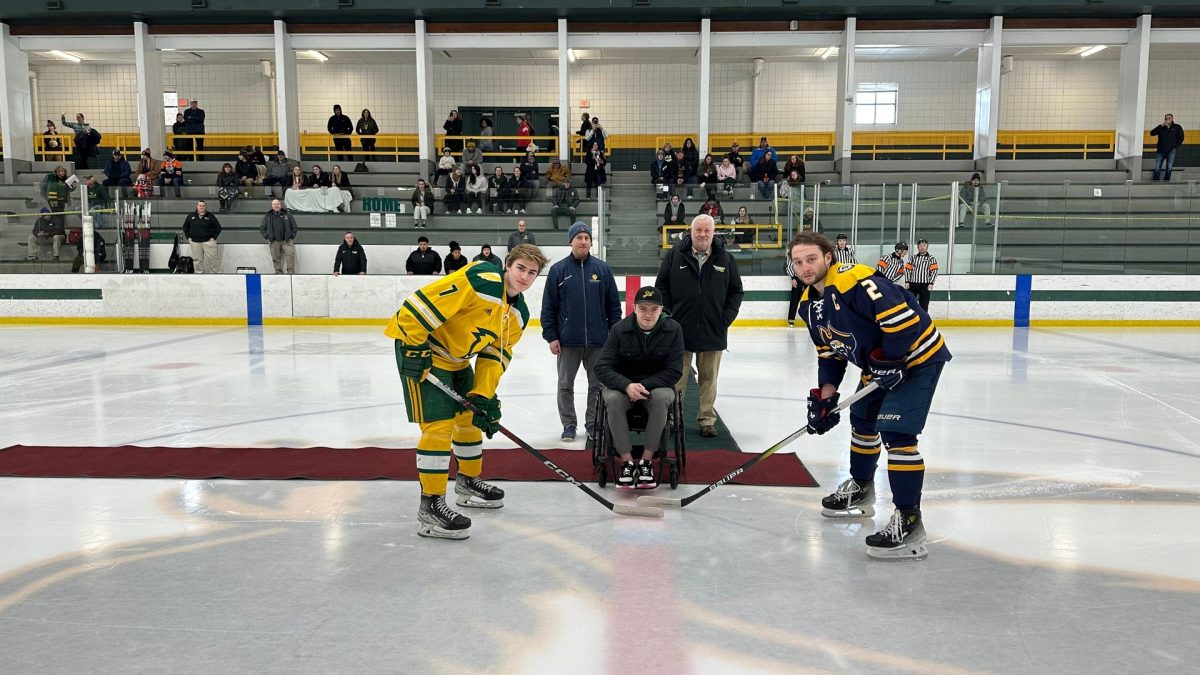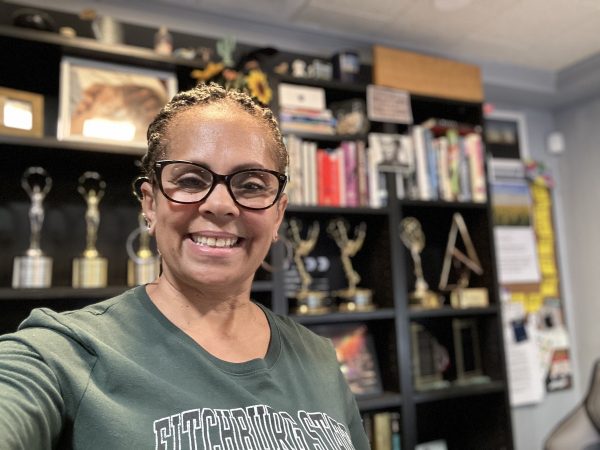Group Coursework Increases Students’ Stress Levels During the Pandemic
April 29, 2021
-Brittany Eldridge
As students prepare for final exams, they are working on putting together final projects as well. While the majority of college students are familiar with, and most likely have completed many group projects, the pandemic and virtual learning have changed how group projects are conducted. Students no longer meet in the library after class or push their desks together to look over each other’s written and visual projects.
Instead, they power up their laptop and turn on their camera and microphone. While virtual group projects allow for instantaneous meetings that fit a variety of schedules, they can increase the likelihood of social loafing and uneven distribution of work because they are not monitored as closely by professors.
For many, group coursework allows for increased social interaction and comradery during a time of social distancing and remote learning. These virtual academic interactions differ from nonacademic ones because professors typically select these groups at random. Professors may even select groups that consist of students with different majors and interests.
Professors can use the breakout rooms feature on Google Meets to separate students into small groups on different video calls. Breakout rooms allow professors to either select which students will enter which rooms, or to shuffle the students’ names so that they are randomly placed in rooms. Outside of the classroom, students can choose who they want to start a conversation with. In an academic setting, students are encouraged to communicate with people outside of their friend groups, just as they would have to in the workplace.
Students can vent about academic, workplace, and personal challenges in a virtual group meeting. They can also type in the chat if they are unable to talk aloud. Often, students need breaks in between assignments in order to relax and to avoid becoming overwhelmed. In an in-person group meeting, projects are typically completed during class time so there are fewer opportunities for breaks and off-topic discussions. Virtual meetings allow for more breaks and students are more likely to open up with one another if a professor is not closely monitoring their conversation.
However, professors cannot constantly monitor each breakout room and some group projects are completed outside of class time without any supervision. It is more difficult for a professor to take note of which students are putting in the most effort in that case.
In a physical classroom, professors can listen in on multiple conversations at once, pinpoint which groups are on task the majority of the time, and visually take note of which group members get along best. Then, for future group projects, professors can select groups that work well together, or provide further instruction on group dynamics for groups that do not get along. In virtual group meetings, however, group conflicts may escalate or may result in group members choosing to work separately so as to avoid conflict.
Virtual group projects do allow for students from different towns to meet with one another at times that work for them. Yet, it is easier for students to forget about a scheduled virtual meeting than an in-person one. In that case, a student might sit in front of a computer for an hour waiting for group members to show up. Students could have spent this time completing other assignments, working, or handling household tasks, but they have to wait and make sure that other members are not just late to the meeting.
It is easier to reschedule and “put off” virtual meetings than in-person ones. Students can edit a Google Meet and send out cancel emails within minutes. They are less likely to feel guilty canceling a virtual meeting because no one has to drive or walk to a physical location for the meeting. These canceling and rescheduling features encourage procrastination, which can increase stress levels as assignments pile up.
Aside from procrastination, technical problems can interfere with productivity, as well. If students have already rescheduled their Google Meet four times and then a torrential rainstorm results in widespread power outages, students may not be able to meet their deadlines.
Faulty Wi-Fi, glitchy computers, and noisy environments can all interfere with communication during a virtual meeting. Individual habits, as well, are amplified in a virtual environment. Without projecting their voices, it may be nearly impossible for students to get their point across to three or four people on a video call. If two students talk over each other then neither of them will be heard. If students do not fall into a pattern of taking turns talking then this could delay the meeting.
Social loafers have ample opportunities to avoid putting in effort in a virtual meeting. They can turn off their camera, mute their microphone, and then take a nap without any of the other group members knowing. It is also easier to type up an excuse in an email or text message than to cancel a meeting face-to-face. Neither student can see the other’s facial expressions, so they cannot determine what the other student is thinking or feeling.
In order to decrease the likelihood of group conflict and social loafing, professors could provide students with weekly surveys and check ins. By rotating groups regularly and monitoring breakout rooms frequently professors can help students socialize with those outside of their friend groups and can keep track of who is completing which tasks.
Professors could teach students about the different roles they can take on in a group and can encourage students to assign and rotate roles, according to Katherine Brown, professor of Communications. Brown said that groups working on a project should have a documentarian, leader, and researchers.
Students should email or text their group members regularly and keep them updated on any potential changes in assignment deadlines or requirements. Perhaps fewer virtual group projects can be assigned, or students can be provided with extra time to complete them on a case-by-case basis. In the future, perhaps, a virtual platform could be created that is designed specifically for student projects and allows for more streamlined communication for larger groups of students.
The Boston University Website stated that professors and students should develop a protocol of engagement for their virtual meetings. They can do this by considering the size of the group, the needs of the students in the group, and etiquette the students are expected to follow.
In order to reduce instances of procrastination, Matthew Lynch, in his article “I’ll Get to it Tomorrow: Procrastination in Online Learning,” stated that professors should include more assignments that are real-world projects which match students’ interests. Lynch said that students should focus more on positive self-talk and should take note of their physical and emotional states when they do procrastinate. Otherwise, students may not find the cause of their procrastinating and may fail to find a solution.






















